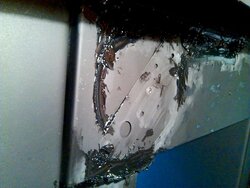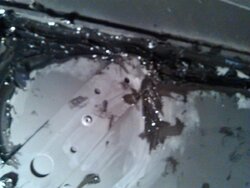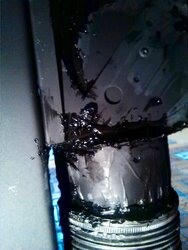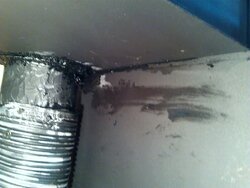Hi, just found these forums online. I have a Neo 1.6 stove that was installed back in November 2013. I think I was one of the first people in the country to have one. The stove has performed great all the winter and into this fall. There are two things though that I'm just starting to find out. The glass door seems to be getting dark around the edge where the handle is. It seems to me that the door is not shutting completely tight and some air is leaking in there. Also when I hooked up my combustion air intake late last winter I found out the following morning that cold air was leaking in from the front of the stove. The cold exterior air instead of going into the file box and up the flow was coming out the front of my stove. After contacting the manufacturer a number of times they finally said they're starting to realize that the air chamber is not completely airtight and they don't think there's much they can do. I know this is a new stove but I figured I would try and see if anyone else that has one might've had these issues.
Thank you
Thank you



 I guess I could be working on some of the issues I'm having with my stoves. Stoves and computers....it's always something with the damn things.
I guess I could be working on some of the issues I'm having with my stoves. Stoves and computers....it's always something with the damn things. 



